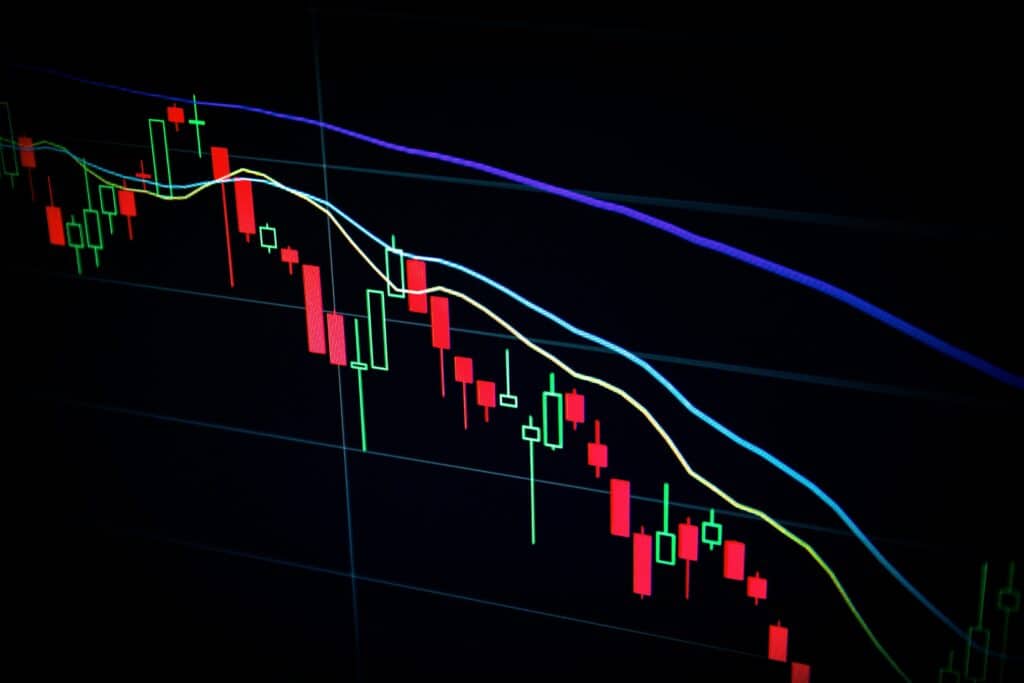The financial world has seen significant technological advancements, and one tool that has garnered attention is the crypto trading bot. These bots, simply put, are automated software that executes trades on behalf of users.
Their appeal lies in their ability to automate complex trading strategies, operate devoid of emotions, and trade 24/7. But how does one set up a trading bot? This article aims to elucidate just that.

Basics of a Trading Bot
Trading bots operate based on predefined algorithms and strategies. These algorithms dictate when to buy, sell, or hold assets based on various market indicators.
The strategies can range from the simple Trend Following, where bots buy an asset when its price is rising and sell when it’s falling, to the more complex Market Making, which involves buying and selling assets to profit from the bid-ask spread.
The success of a bot largely relies on the strength of its algorithm. This underlines the importance of choosing the right bot or having a solid strategy if you’re designing one from scratch.
Preparing for Setup
Before you start the installation process, consider several crucial factors:
- Research & Selection: With a plethora of options in the market, each bot offers distinct features. Some are designed for high-frequency trading, while others focus on long-term strategies. Review user feedback, expert reviews, and even Reddit threads to gather different perspectives before making a choice.
- Understand Your Investment Goals: Are you looking to diversify your portfolio, or are you focusing on a specific market? Each goal may require a different type of bot. Some bots are more suited for seasoned traders while others are perfect for beginners. Be clear on your risk tolerance – some bots offer features to limit losses, while others are more aggressive.
- Platform Compatibility: Double-check that your bot supports the trading platform you use or plan to use. Some bots offer multi-platform support, allowing for more flexibility. Remember to also check the API limitations of your trading platform – some may have restrictions on the number of API calls you can make per minute, affecting your bot’s performance.
Setting Up Your Trading Bot
With preliminary steps out of the way, you can now begin the setup:
- Creating an Account/Installation: Often, this is a simple process that involves registering on the bot’s website. However, ensure you use a unique and strong password. Some platforms may require identity verification for compliance with local laws.
- API Integration: The bot needs to communicate with your trading platform. You will generate an API key and secret from your trading platform, which you will then enter into your bot. Note: Never enable withdrawal permissions on this API key for security reasons. Always use secure channels to share API details.
- Configuring Your Bot: After installation and API setup, you’ll need to configure your bot’s settings. This includes specifying the assets you wish to trade, setting trading limits, choosing a trading strategy, and setting up indicators. Some bots even allow you to code your strategies if you are familiar with programming languages like Python or JavaScript.
Risk Management and Safety Tips
Automation doesn’t mean “risk-free.” It’s essential to apply risk management principles:
- Setting Stop Losses & Take Profits: You should never trade without these safety nets. The stop loss and take profit levels should align with your investment goals and risk tolerance. Additionally, some bots allow ‘trailing’ stop losses, which adjust automatically when prices move favorably.
- Periodic Monitoring: Automated does not mean hands-off. Make it a habit to check at least once a day. Evaluate its trading history and adjust strategies as needed. If the bot is losing money consistently, it may require fine-tuning or even a complete strategy overhaul.
- Security Measures: Apart from 2FA, also consider enabling notifications for account activity. Use a separate email for your trading activities, and ensure that email also has 2FA enabled. Keep your operating system and the bot software up-to-date to benefit from the latest security patches.
Testing Your Trading Bot
Before fully committing, it’s wise to test your bot:
- Backtesting: Most reputable bots offer a backtesting feature. It’s crucial to backtest across different market conditions (bullish, bearish, sideways) to get a fuller picture of its potential effectiveness.
- Paper Trading: Start by simulating trades with virtual funds. You’ll become familiar with the bot’s interface and can tweak strategies in real-time, all without risking actual money.
- Scaling Up: If the bot has shown promising results in both backtesting and paper trading, you may be ready for live trading. However, start with small amounts and closely monitor the bot’s performance. Increase the trade size incrementally as you gain more confidence.
Common Pitfalls & How to Avoid Them
- Over-optimization: Don’t tweak your bot too much based on past performance; this could make it poorly equipped to adapt to future market conditions.
- Ignoring Market Changes: Always stay updated on market news. High volatility due to events like earnings releases or geopolitical tensions can be problematic for bots programmed for a less volatile environment.
- Over-reliance: Automation is a tool, not a guarantee of profits. Be prepared to intervene and make manual adjustments, especially during significant news events or if you notice that the bot is not executing its strategy as expected.
By thoroughly preparing for setup, diligently managing risks, and being mindful of common pitfalls, you can make your automated trading experience both profitable and educational.
Conclusion
The integration of technology in trading, represented by tools like trading bots, has indeed revolutionized the financial world. However, with automation comes the need for diligence.
By understanding, testing, and staying involved in the process, investors can utilize trading bots as a valuable tool in their investment arsenal. Remember, the key lies not just in automation, but in informed automation.

